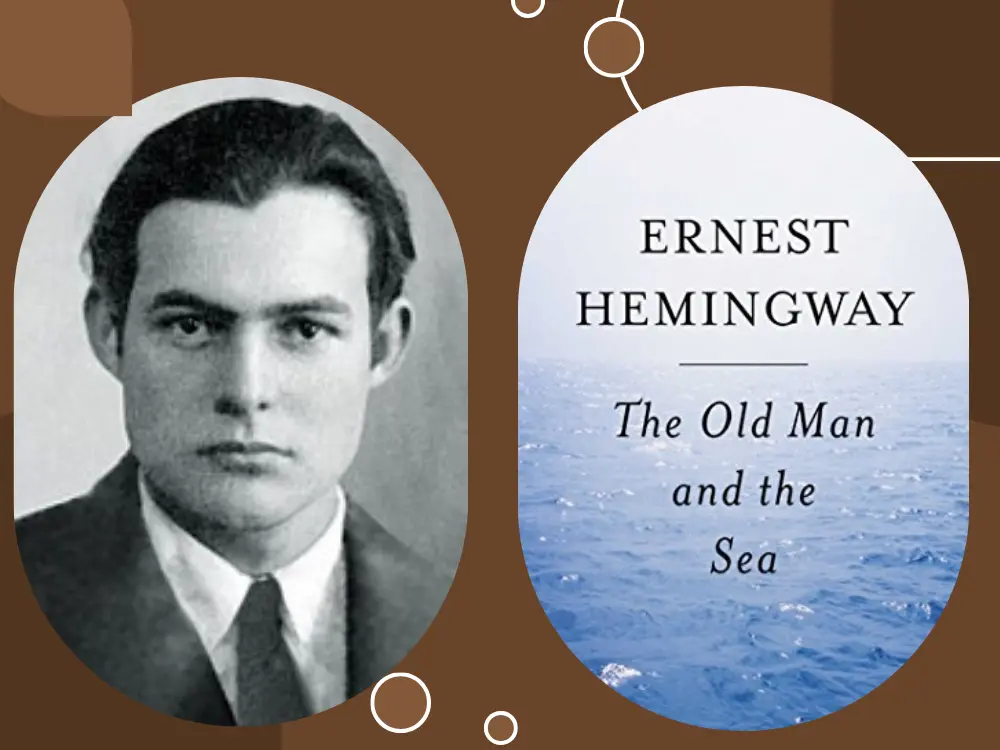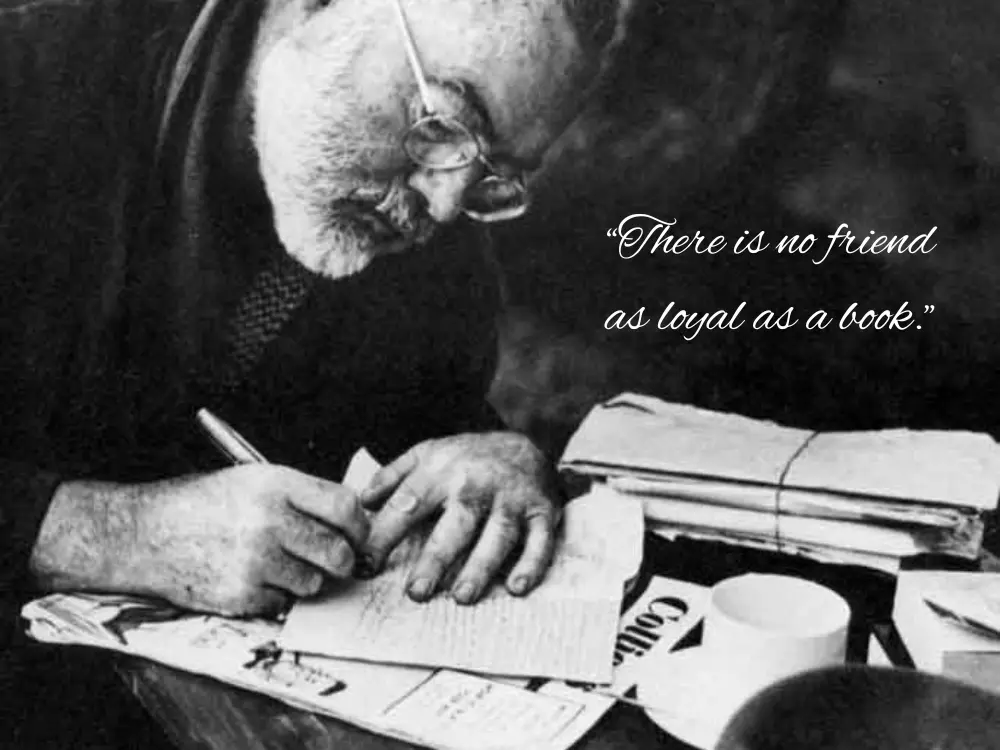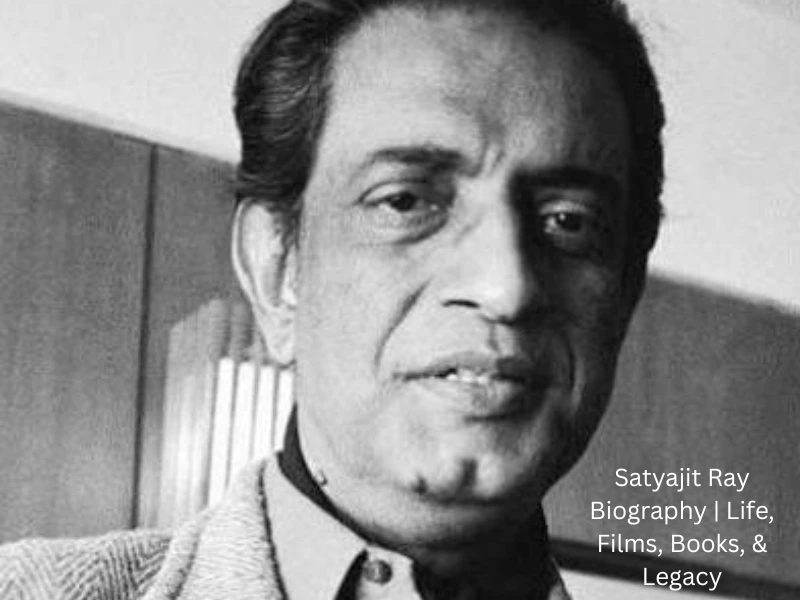One of America’s most celebrated authors and journalists and a very talented writer with his own style of writing and strong storytelling. Ernest Hemingway was mostly always voted to be one of the greatest writers in the 20th century. His writings, for instance, The Old Man and the Sea and A Farewell to Arms, have some bizarre records in American literature.
Personal Information
| Born | July 21, 1899 Oak Park, Illinois, USA |
| Died | July 2, 1961 Ketchum, Idaho, USA |
| Spouses | Hadley Richardson, Pauline Pfeiffer, Martha Gellhorn, Mary Welsh |
| Children | Jack Patrick Gloria |
| Notable awards | Pulitzer Prize for Fiction (1953) Nobel Prize in Literature (1954) |
Early Life and Family Background
Ernest Hemingway was born on 21 July 1899 in Oak Park, Illinois, USA. His father was a physician and his mother a musician. Thus, the growing family lived in one of the strictest households that was simultaneously very supportive. A love for nature and adventure developed in Hemingway, which later affected many of his works.
Hemingway’s Education
Hemingway attended Oak Park and River Forest High School. He was a good student, and he was indeed more than rather a protégé in English. Instead of attending college, he joined journalism straight after high school.
Hemingway’s Early Career as a Journalist
At 17 years old, Hemingway started working as a reporter for The Kansas City Star. His journalistic experiences molded his writing style by telling him that he needed to use the simplest words to convey ideas. Thus, the principle of “short sentences” in journalism became an important characteristic of his literary writings.
Experiences in World War I
He volunteered in 1918 during World War I as an ambulance driver for the Red Cross in Italy. Hemingway was badly injured while serving but still was accorded the Italian Silver Medal of Bravery. Many novels he wrote later consisted partly of his war experiences. A Farewell to Arms is among these several novels.
Move to Paris and the Lost Generation
In the 1920s, Hemingway settled into Paris, joining the Lost Generation-a company of disillusioned writers who fled the effects of World War I. In this city, he met many notable writers, including Gertrude Stein and F. Scott Fitzgerald. Much of his early fiction was written because of this period.
Hemingway’s First Major Success with The Sun Also Rises
His first major literary success was The Sun Also Rises in 1926. The novel not only fulfilled his generation’s need to feel lost after the war but also put Hemingway in a very important place in American literature.
Famous Works by Ernest Hemingway
A Farewell to Arms
A Farewell to Arms, written in 1929, is one of the best-known novels by Hemingway. The author had gone through World War I himself; due to this reason, the novels flourished well among readers because a tragic love affair set against the backdrop of war carried much significance and became a literary classic.
For Whom the Bell Tolls
For Whom the Bell Tolls, a novel by Hemingway published in 1940 against the background of the Spanish Civil War. This is, perhaps, one of the greatest novels in his collection, due to the fact that here he reveals himself to be, truly, a brilliant war novel writer able to show, as no one else, all the potentiality of war, sacrifice, and heroism to maximal emotional depth.
The Old Man and the Sea
Then came the short novel The Old Man and the Sea in 1952-a tale of an ageing fisherman and his epic battle to catch a marlin of great size. Widespread acclaim was showered upon Hemingway as he bagged the Pulitzer Prize in 1953.
List of Books by Ernest Hemingway
Here are some of the most notable books by Ernest Hemingway:
- “The Old Man and the Sea” (1952)
This is a novella whose story tells of the difficulties faced by the old fisherman Santiago, while struggling to catch the huge marlin in a battle of his perseverance and dignity. - “A Farewell to Arms” (1929)
It is an autobiographical semi-novella written during the World War I period. The story focuses on the love affair of an American ambulance driver with a British nurse amidst the horrible atrocities of war. - “For Whom the Bell Tolls” (1940)
It is a new and historical novel set during the Spanish Civil War, an American dynamiter by the name of Robert Jordan, an author who is fighting among guerrilla fighters as they conduct their missions, weaving around themes of a duty that is being made toward some cause. - “The Sun Also Rises” (1926)
It centers around a group of expatriates traveling from Paris to Spain and reflects the disillusioned youth of the post-World War I generation. - “The Snows of Kilimanjaro” (1936)
Short Story Collection: A title story about missed chances and potential never to be known through a dying writer’s eyes who lies in the African bush. - “To Have and Have Not” (1937)
The novel is about an American fisherman captain off the Florida coast who has unwittingly gotten himself drawn into a smuggling operation while the country descends into the Great Depression. - “The Garden of Eden” (1986, posthumously published)
The novel is the study of love and identity by two young writers as they try to navigate through the peculiar relationship as husband and wife. - “In Our Time” (1925)
A collection of short stories that introduces many of the recurring themes in Hemingway’s work, namely, war, love, and loss. - “Islands in the Stream” (1970, posthumously published)
A novel built around the life of the painter Thomas Hudson, showing aspects of love, loss, and passage of time. - “The Complete Short Stories of Ernest Hemingway” (1987)
Full collection of Hemingway’s short fiction, establishing a kind of mastery in short-story writing.
These works signify a style of writing uniquely identifiable with Hemingway as well as themes including love, war, and humanity.

Hemingway’s Writing Style
A stylistic feature that Hemingway is known for would be simplicity, clarity, and sometimes called the “Iceberg Theory” or “Theory of Omission,” where much of a story’s true meaning lies beneath the surface. The reader will have to dig deeper to uncover it; thus, it also gave rise to a minimalist approach that had a great influence on modernity.
Hemingway’s Adventures and Travels
Hemingway was a great adventurer; he traveled throughout much of his life. He went to most countries in Europe and in Africa and Cuba, where many of his adventures he later used for the material of his books. His great adventures were big-game hunting, fishing, and surviving two plane crashes over Africa.
Also read William Shakespeare Biography
Hemingway’s Life in Cuba
In this period, Hemingway lived in Cuba between the 1940s and 1950s, creating such great masterpieces as The Old Man and the Sea. His house in Finca Vigía became a place of literary inspiration and he tied himself to the island and its people.
Nobel Prize in Literature
He was awarded the Nobel Prize in Literature in 1954 for outstanding contributions to the development of modern fiction. The committee acknowledged his mastery in the art of narration, pointing out The Old Man and the Sea as an outstanding success.
Personal Life and Marriages
Hemingway was married four times to various wives:
Hadley Richardson (1921–1927)
Hemingway’s first wife, with whom he had one son, John Hadley Nicanor Hemingway.
Pauline Pfeiffer (1927–1940)
His second wife, a magazine journalist, with whom he had two sons, Patrick and Gregory.
Martha Gellhorn (1940–1945)
A prominent war correspondent and writer, Hemingway’s third marriage was tumultuous and ended in divorce.
Mary Welsh (1946–1961)
His fourth and final wife, a journalist, remained with Hemingway until his death in 1961.
His relationships tended to be dramatic; hence, he had personal struggles, such as battles against depression and alcoholism.
Hemingway’s Struggles and Decline
His last years were also characterized by mental illness, especially depression and anxiety. Furthermore, he continued to live with intense corporeal suffering, which his writing reflected as well. On July 2, 1961, Hemingway had shot himself in the study of his house in Ketchum, Idaho.
Best Ernest Hemingway Quotes
“As a writer, you should not judge, you should understand.”
“There is no friend as loyal as a book.”
“In order to write about life first you must live it.”
“An intelligent man is sometimes forced to be drunk to spend time with his fools.”
“The way to make people trust-worthy is to trust them.”
“But man is not made for defeat… A man can be destroyed but not defeated.”
Conclusion: Hemingway’s Legacy
Ernest Hemingway is one of America’s unmatched contributions to literature. With a unique form of writing, potent storytelling, and an adventurous spirit that has inspired generations upon generations of both writers and readers, his works will always stand as ‘both the testaments to his genius and which remain well within the realms of his incredible legacy.’ Both The Old Man and the Sea and A Farewell to Arms are testaments to his genius and remain well within the realms of his incredible legacy.
FAQs
How did Ernest Hemingway die?
Ernest Hemingway took his own life on July 2, 1961. He shot himself in his home at Ketchum in Idaho. His life was one of depression and pain caused by several physical disabilities. His death was a big loss to the literary fraternity.
What is Hemingway most famous for?
Ernest Hemingway is first known for his unique minimalist writing style, where he utilizes clear, simple words and sentence structures. He is also a prominent novelist who influenced human readers through his work by revealing love, the harsh reality of war, and human conditions so vividly.
What is Hemingway’s six-word story?
Ernest Hemingway’s most famous six-word story: “For sale: baby shoes, never worn.”
Did Hemingway win a Nobel Prize?
Yes, Ernest Hemingway received the Nobel Prize in Literature in 1954 because of his mastery of the art of narration and influence in contemporary style.
Who did Ernest Hemingway leave his money to?
Many of Ernest Hemingway’s wealth was to go to his wife and the children, but more or less the estate remained for various charities after the passing of Ernest Hemingway.




I am really inspired with your writing skills and also with the layout to your weblog.
Is this a paid theme or did you customize it your
self? Anyway keep up the excellent quality writing,
it’s rare to peer a nice weblog like this one
nowadays..
I like this blog its a master peace ! Glad I observed this on google .
Hmm it looks like your site ate my first comment (it was super long) so I guess I’ll just sum it up what I wrote and say, I’m thoroughly enjoying your blog. I as well am an aspiring blog writer but I’m still new to everything. Do you have any recommendations for beginner blog writers? I’d genuinely appreciate it.
This website is my breathing in, rattling wonderful layout and perfect content.
I am not sure where you’re getting your info, but great topic. I needs to spend some time learning more or understanding more. Thanks for magnificent information I was looking for this info for my mission.
Thank you, I’ve just been looking for information about this topic for ages and yours is the best I have came upon till now. However, what in regards to the bottom line? Are you sure about the source?
Useful information. Fortunate me I discovered your website by accident, and I am stunned why this accident did not came about in advance! I bookmarked it.
Hey there! I just would like to give you a big thumbs up for
your great information you have right here onn this post.
I am returning to your blog for more soon. https://Glassi-APP.Blogspot.com/2025/08/how-to-download-glassi-casino-app-for.html
Howdy! I’m at work browsing your blog from my new iphone 3gs!
Just wanted to say I love reading through your blog and look forward to all your posts!
Carry on the superb work! https://tinyurl.com/yt83ggsk eharmony special coupon code 2025